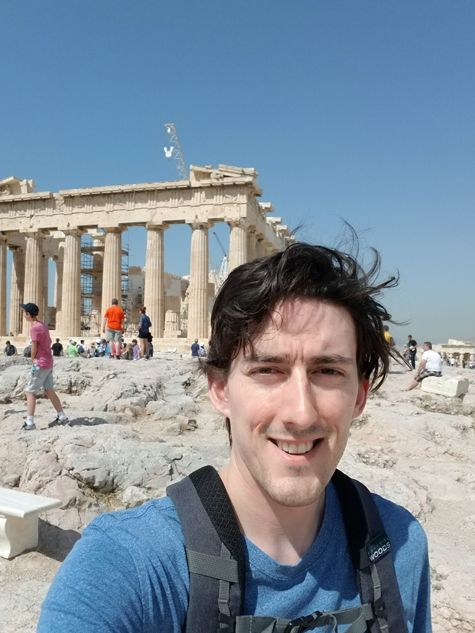Early Career Scientist Spotlight
Dr. Benson Guest
X-ray Astrophysicist
X-ray Astrophysics Laboratory
What is your research focus?
I study supernova remnants (the remains of stars that ended their lives in massive explosions) and pulsar wind nebulae (bubbles blown by the rapidly rotating surviving cores of massive stars following core-collapse supernovae). The remnants contain gas heated to millions of degrees, which shines in X-rays. These X-rays are absorbed by Earth’s atmosphere, so observations of them must be made by orbiting satellite missions like the Chandra X-ray Observatory and XMM-Newton. From these observations, I measure the amounts of different elements present using X-ray spectroscopy. Some of the driving questions for my research are: Do type Ia supernovae originate from white dwarves that pulled sufficient mass from binary companions to trigger the explosions? Or are they the result of the merger of two white dwarfs? Can we tell the difference between the two by observing the remnants hundreds of years later?
What science fact constantly amazes you?
For everything we see around us that exists today, generations of stars have had to form, explode, and form new stars from the enriched gas and dust. Given enough hydrogen and enough time, this gas and dust has eventually turned into people.
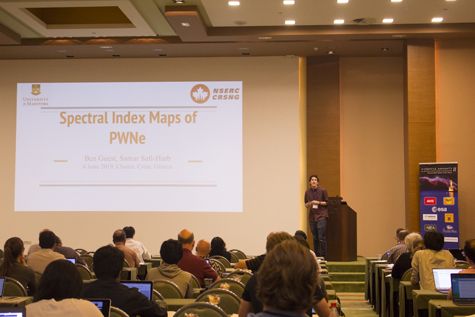
Credit: Supernova Remnants II: An Odyssey in Space after Stellar Death - Conference in Greece, 2019
Did you always know that you wanted to be an X-ray astrophysicist?
When I started university, I had no idea what I wanted to do. I thought physics and astronomy were interesting, so I took those classes. Another student, who had done a summer research project the year before, encouraged me to talk to a professor about doing the same. I was able to get a summer position working with Dr. Shalci on cosmic ray diffusion theory. After a summer spent doing integrals, I decided I definitely wasn’t a pure theorist.
The next summer I was able to get another position with Dr. Safi-Harb working on Chandra X-ray observations of a pulsar wind nebula. I found this much more enjoyable and continued to work with Dr. Safi-Harb for my undergraduate thesis. This project involved simulations for what the yet-to-be-launched Hitomi X-ray observatory would be able to achieve. I was offered a graduate position working again with Dr. Safi-Harb, this time on real data from Hitomi. When the spacecraft was lost, I had to drastically rethink my thesis plan. I transitioned to a study of pulsar wind nebulae using archival Chandra and XMM-Newton X-ray data.
During my graduate studies, I had opportunities to attend and present at international conferences. At the last one of these, Dr. Brian Williams was in attendance advertising a postdoc position at Goddard. I submitted an application from a hotel in Greece before returning to Canada to finish writing my dissertation. I was undecided whether I wanted to try to stay in academia or transition to industry after I graduated but when I was offered the position at Goddard, I felt like it was too big of an opportunity to turn down.
What early career advice do you have for those looking to do what you do?
If it’s something you’re interested in, then it’s worth trying. You never know what sort of opportunities will open up. Secondly, get involved with teaching and outreach. As a graduate student, I found it really easy to become buried in my work to the point where I would lose perspective about what I was actually working on. Volunteering at outreach events or teaching first year astronomy labs helped me take a step back so that the numbers and pixels on the screen once again became the giant spinning magnets at the centre of explosions in space.
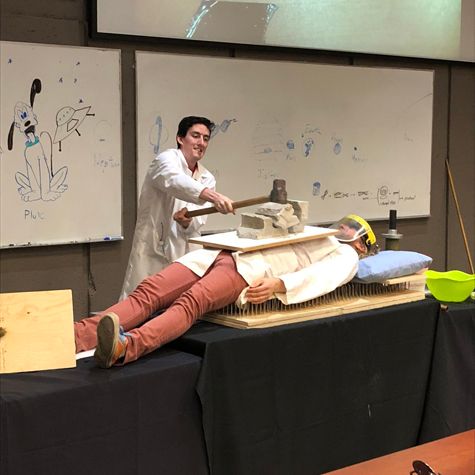
Credit: University of Manitoba
What research accomplishment are you most proud of?
The last paper I worked on during my PhD was on the variability of pulsar wind nebulae. These objects get their energy from the rotational slowdown of the central neutron star and are generally assumed to be constant in their emission, so much so that they are used as calibration sources for each new X-ray mission. Using a new analysis technique, I found evidence of year-to-year variability in the archived observations of several of these objects. I felt like I had arrived as a researcher and provided an original contribution to the field.
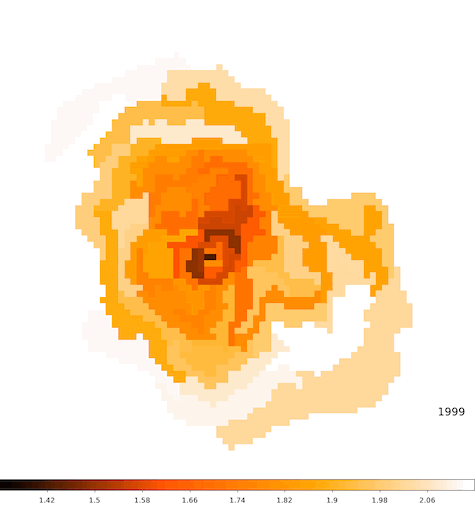
Credit: Guest & Safi-Harb 2020, https://ui.adsabs.harvard.edu/abs/2020MNRAS.498..821G/abstract
What is one space mission that you are particularly excited about, and why?
Simply the next one. Each new observatory opens our eyes to new physics and new observables. One specific mission is XRISM – (the X-Ray Imaging and Spectroscopic Mission). This mission aims to continue the work of the Japan Aerospace Exploration Agency (JAXA) Hitomi mission, which was unfortunately lost shortly after its launch. In the short time that Hitomi was active, the spectra it returned were spectacular. Orders of magnitude better than anything previously possible. XRISM will observe in the soft X-ray band with such precision that it will drive not only astrophysics research, but also the atomic theory on which our spectroscopy models rely.
What do you like to do in your free time?
I like to try to find a balance between being active and sedentary. Whether it’s biking and Frisbee in the summer, and skating in the winter, or watching hockey (Go Jets Go) and lounging around.
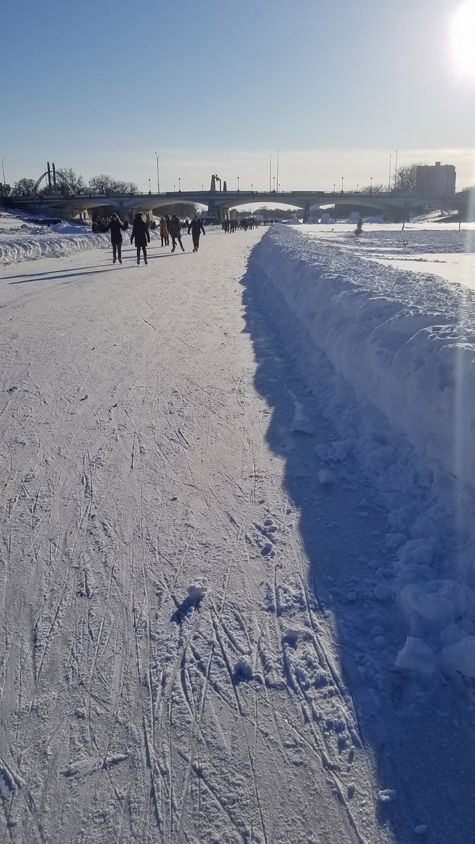
Credit: Benson Guest
Biography
Home Town:
Winnipeg, Manitoba, Canada
Undergraduate Degree:
B.Sc. in Physics and Astronomy, University of Manitoba, Winnipeg
Post-graduate Degrees:
Ph.D. in Physics and Astronomy, University of Manitoba, Winnipeg
